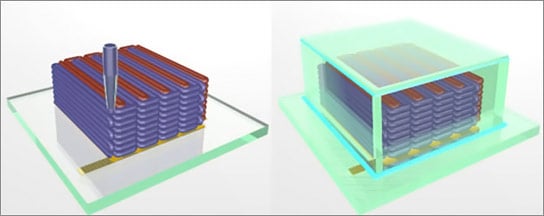(BTW: thanx to @TheloT, always a great source of IoT info, for Tweeting this!)
I was impressed when a Harvard research team created a 3-d printed battery the size of a grain of sand, but this is a REAL gamechanger!
CIO reports that a team of University of Washington researchers have created a new technique, ambient backscatter, which:
“…leverag[es] existing TV and cellular transmissions, rather than generating their own radio waves. This novel technique enables ubiquitous communication where devices can communicate among themselves at unprecedented scales and in locations that were previously inaccessible.”
Thus, existing wireless signals are transformed into a source of power and a communication medium.
You can imagine the implications for the Internet of Things!
Among other applications, the researchers say ambient backscatter could be used for wearable devices, smart home systems, and sensor networks such as ones embedded in bridges to give advance warning of maintenance problems. It could also be used for NFC payments.
CIO reports that:
“Groups of the devices were tested in a variety of settings in the Seattle area, including inside an apartment building, on a street corner and on the top level of a car park. These locations ranged from less than half a mile away from a TV tower to about 6.5 miles away.
“They found that the devices were able to communicate with each other, even the ones farthest from a TV tower. The receiving devices picked up a signal from their transmitting counterparts at a rate of 1 kilobit per second when up to 2.5 feet apart outdoors and 1.5 feet apart indoors. This is enough to send information such as a sensor reading, text messages and contact information.
“The researchers were able to demonstrate how one payment card can transfer funds to another card by leveraging the existing wireless signals around them.”
The U of Washington team won the prize for the top paper at the Association for Computing Machinery’s Special Interest Group on Data Communication 2013 conference in Hong Kong.
What a breakthrough! It looks like Kris Pister’s “smart dust” vision will be a reality soon!

